Xiang Ling
Robust Backdoor Attacks on Object Detection in Real World
Sep 16, 2023Abstract:Deep learning models are widely deployed in many applications, such as object detection in various security fields. However, these models are vulnerable to backdoor attacks. Most backdoor attacks were intensively studied on classified models, but little on object detection. Previous works mainly focused on the backdoor attack in the digital world, but neglect the real world. Especially, the backdoor attack's effect in the real world will be easily influenced by physical factors like distance and illumination. In this paper, we proposed a variable-size backdoor trigger to adapt to the different sizes of attacked objects, overcoming the disturbance caused by the distance between the viewing point and attacked object. In addition, we proposed a backdoor training named malicious adversarial training, enabling the backdoor object detector to learn the feature of the trigger with physical noise. The experiment results show this robust backdoor attack (RBA) could enhance the attack success rate in the real world.
Towards the Desirable Decision Boundary by Moderate-Margin Adversarial Training
Jul 16, 2022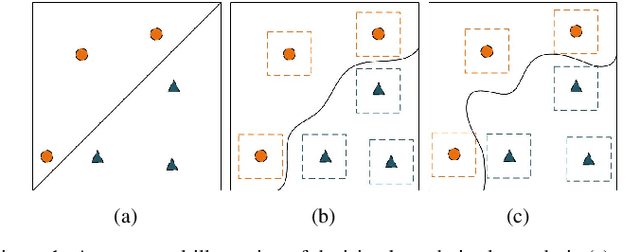
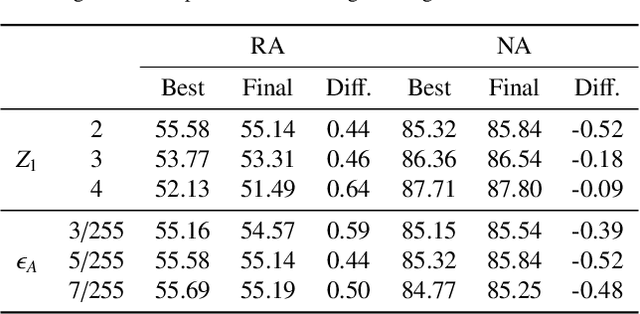

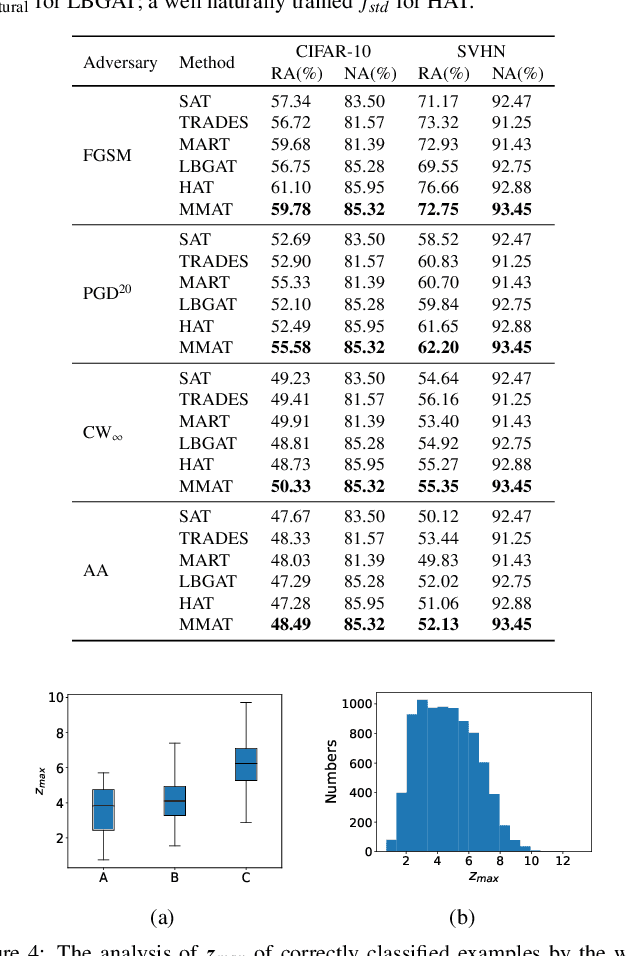
Abstract:Adversarial training, as one of the most effective defense methods against adversarial attacks, tends to learn an inclusive decision boundary to increase the robustness of deep learning models. However, due to the large and unnecessary increase in the margin along adversarial directions, adversarial training causes heavy cross-over between natural examples and adversarial examples, which is not conducive to balancing the trade-off between robustness and natural accuracy. In this paper, we propose a novel adversarial training scheme to achieve a better trade-off between robustness and natural accuracy. It aims to learn a moderate-inclusive decision boundary, which means that the margins of natural examples under the decision boundary are moderate. We call this scheme Moderate-Margin Adversarial Training (MMAT), which generates finer-grained adversarial examples to mitigate the cross-over problem. We also take advantage of logits from a teacher model that has been well-trained to guide the learning of our model. Finally, MMAT achieves high natural accuracy and robustness under both black-box and white-box attacks. On SVHN, for example, state-of-the-art robustness and natural accuracy are achieved.
Adversarial Attacks against Windows PE Malware Detection: A Survey of the State-of-the-Art
Dec 23, 2021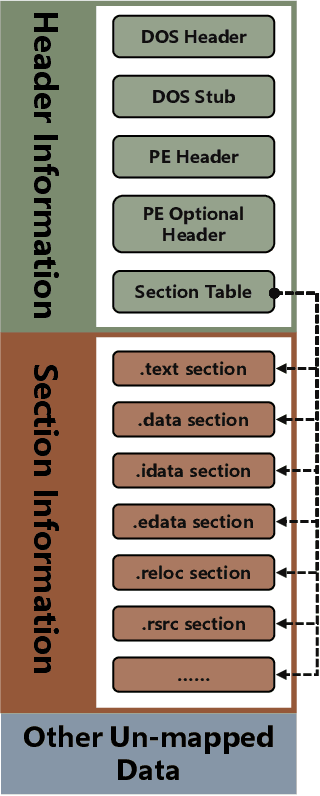
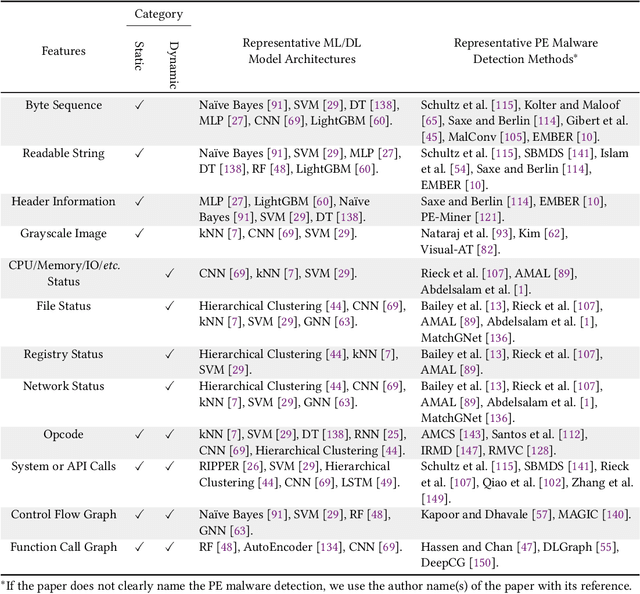
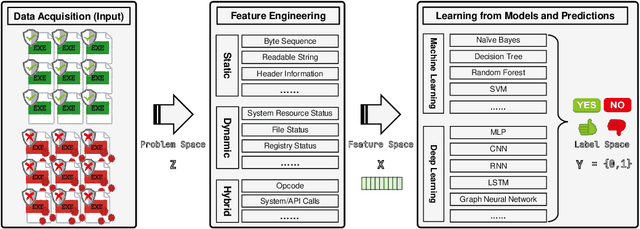
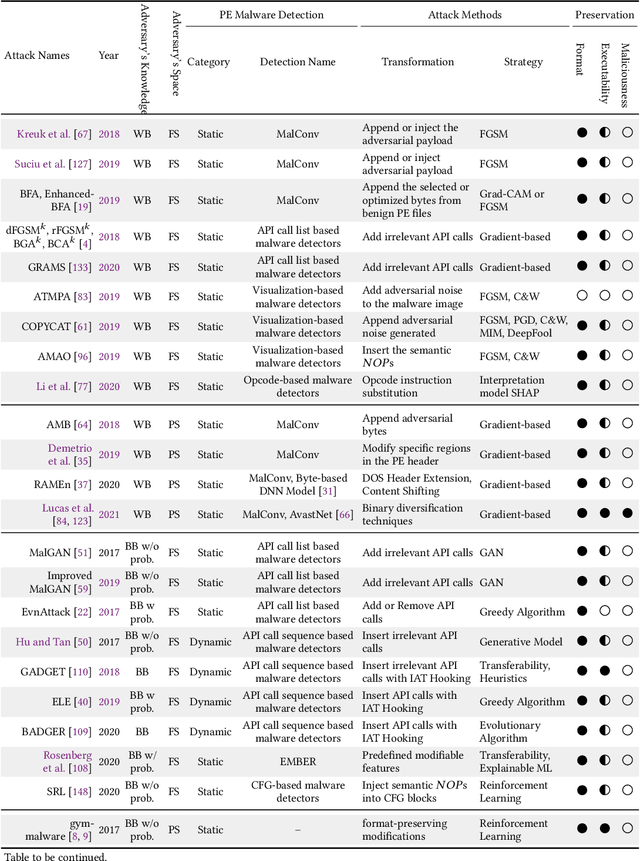
Abstract:The malware has been being one of the most damaging threats to computers that span across multiple operating systems and various file formats. To defend against the ever-increasing and ever-evolving threats of malware, tremendous efforts have been made to propose a variety of malware detection methods that attempt to effectively and efficiently detect malware. Recent studies have shown that, on the one hand, existing ML and DL enable the superior detection of newly emerging and previously unseen malware. However, on the other hand, ML and DL models are inherently vulnerable to adversarial attacks in the form of adversarial examples, which are maliciously generated by slightly and carefully perturbing the legitimate inputs to confuse the targeted models. Basically, adversarial attacks are initially extensively studied in the domain of computer vision, and some quickly expanded to other domains, including NLP, speech recognition and even malware detection. In this paper, we focus on malware with the file format of portable executable (PE) in the family of Windows operating systems, namely Windows PE malware, as a representative case to study the adversarial attack methods in such adversarial settings. To be specific, we start by first outlining the general learning framework of Windows PE malware detection based on ML/DL and subsequently highlighting three unique challenges of performing adversarial attacks in the context of PE malware. We then conduct a comprehensive and systematic review to categorize the state-of-the-art adversarial attacks against PE malware detection, as well as corresponding defenses to increase the robustness of PE malware detection. We conclude the paper by first presenting other related attacks against Windows PE malware detection beyond the adversarial attacks and then shedding light on future research directions and opportunities.
Towards Imperceptible Adversarial Image Patches Based on Network Explanations
Dec 10, 2020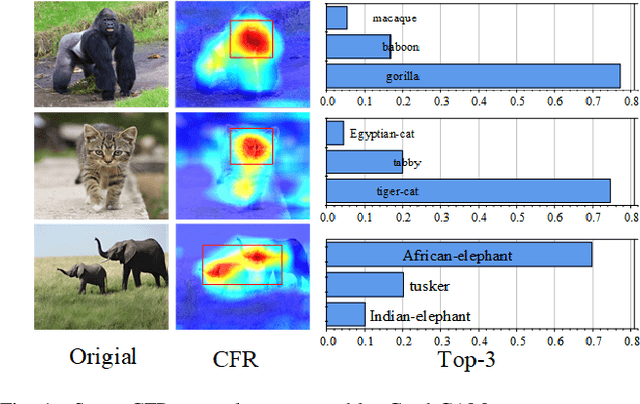
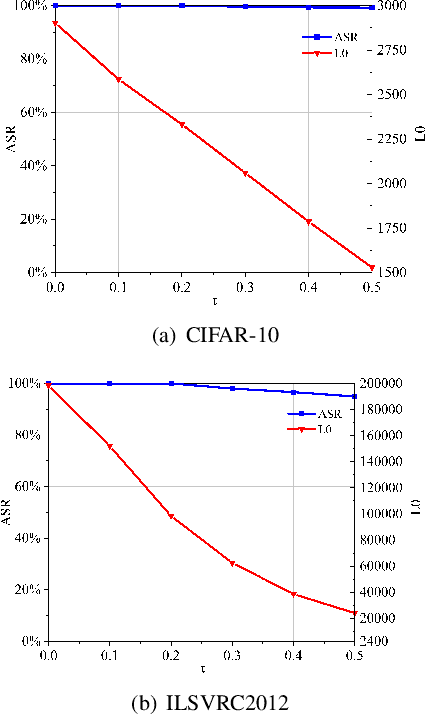
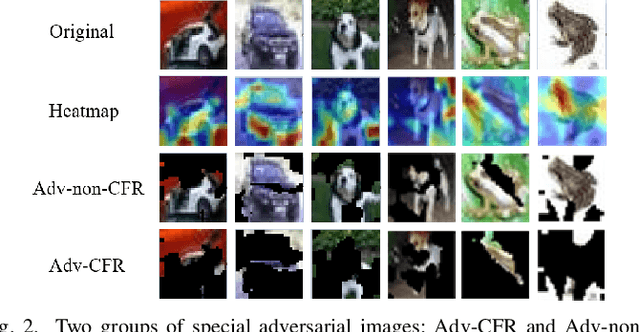
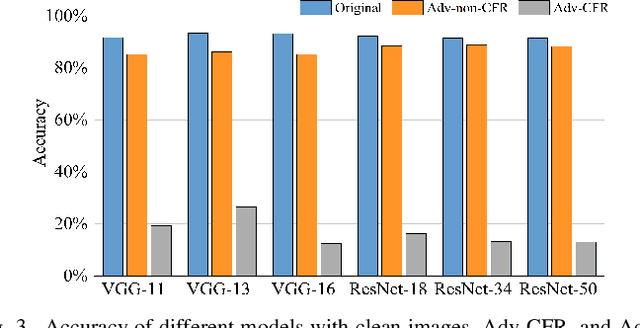
Abstract:The vulnerability of deep neural networks (DNNs) for adversarial examples have attracted more attention. Many algorithms are proposed to craft powerful adversarial examples. However, these algorithms modifying the global or local region of pixels without taking into account network explanations. Hence, the perturbations are redundancy and easily detected by human eyes. In this paper, we propose a novel method to generate local region perturbations. The main idea is to find the contributing feature regions (CFRs) of images based on network explanations for perturbations. Due to the network explanations, the perturbations added to the CFRs are more effective than other regions. In our method, a soft mask matrix is designed to represent the CFRs for finely characterizing the contributions of each pixel. Based on this soft mask, we develop a new objective function with inverse temperature to search for optimal perturbations in CFRs. Extensive experiments are conducted on CIFAR-10 and ILSVRC2012, which demonstrate the effectiveness, including attack success rate, imperceptibility,and transferability.
Deep Graph Matching and Searching for Semantic Code Retrieval
Oct 24, 2020
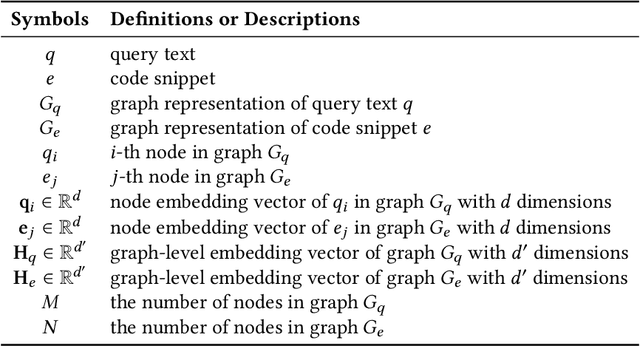


Abstract:Code retrieval is to find the code snippet from a large corpus of source code repositories that highly matches the query of natural language description. Recent work mainly uses natural language processing techniques to process both query texts (i.e., human natural language) and code snippets (i.e., machine programming language), however neglecting the deep structured features of natural language query texts and source codes, both of which contain rich semantic information. In this paper, we propose an end-to-end deep graph matching and searching (DGMS) model based on graph neural networks for semantic code retrieval. To this end, we first represent both natural language query texts and programming language codes with the unified graph-structured data, and then use the proposed graph matching and searching model to retrieve the best matching code snippet. In particular, DGMS not only captures more structural information for individual query texts or code snippets but also learns the fine-grained similarity between them by a cross-attention based semantic matching operation. We evaluate the proposed DGMS model on two public code retrieval datasets from two representative programming languages (i.e., Java and Python). The experiment results demonstrate that DGMS significantly outperforms state-of-the-art baseline models by a large margin on both datasets. Moreover, our extensive ablation studies systematically investigate and illustrate the impact of each part of DGMS.
Hierarchical Graph Matching Networks for Deep Graph Similarity Learning
Jul 08, 2020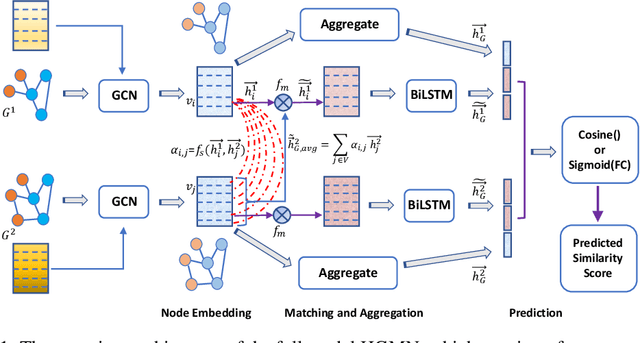


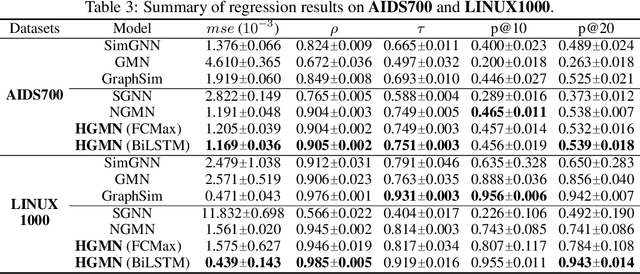
Abstract:While the celebrated graph neural networks yield effective representations for individual nodes of a graph, there has been relatively less success in extending to deep graph similarity learning. Recent work has considered either global-level graph-graph interactions or low-level node-node interactions, ignoring the rich cross-level interactions (e.g., between nodes and a whole graph). In this paper, we propose a Hierarchical Graph Matching Network (HGMN) for computing the graph similarity between any pair of graph-structured objects. Our model jointly learns graph representations and a graph matching metric function for computing graph similarities in an end-to-end fashion. The proposed HGMN model consists of a node-graph matching network for effectively learning cross-level interactions between nodes of a graph and a whole graph, and a siamese graph neural network for learning global-level interactions between two graphs. Our comprehensive experiments demonstrate that HGMN consistently outperforms state-of-the-art graph matching network baselines for both classification and regression tasks.
 Add to Chrome
Add to Chrome Add to Firefox
Add to Firefox Add to Edge
Add to Edge